In the context of deep global integration, Vietnam is facing an urgent need to innovate its state management methods towards modernity, flexibility, efficiency and people-centeredness. The two strategic pillars of streamlining the organizational apparatus and perfecting the institutions have been identified as breakthroughs of fundamental significance. The first months of 2025 have recorded many positive changes in the arrangement of the apparatus and institution building. The principle of "streamlining the organization goes hand in hand with streamlining the payroll and restructuring the contingent of cadres, civil servants and public employees" has been thoroughly implemented.
Improving the effectiveness of state management from streamlining the organizational apparatus
Reforming the administrative apparatus is a core requirement to build a modern, effective and people-friendly governance system. Streamlining the apparatus is not only about reducing the number of focal points but also about restructuring the overall functions, tasks, authority and relationships between administrative levels to ensure unified, flexible and effective management. Reality shows that the administrative apparatus in many places still has a state of stratification, overlapping functions, and unclear decentralization. To overcome this, the process of reorganizing administrative units at all levels is being vigorously implemented.
|
In the context of deep global integration, Vietnam faces an urgent need to innovate state management methods towards modernity, flexibility, efficiency and people-centeredness. |
According to the report of the Central Organizing Committee, the whole country is expected to complete the transition to a two-level model, reduce the number of provincial-level administrative units, significantly restructure the commune/ward level and streamline nearly 130,000 positions in the state administrative system.
However, the biggest challenge now is to ensure that the transition is seamless, without disrupting or disrupting state management and public service provision. This challenge is directly linked to the problem of thoroughly solving personnel issues after the merger and streamlining of staff. To ensure continuity and operational efficiency after the restructuring of the apparatus, it is necessary to synchronously implement fundamental solutions.
Firstly, it is necessary to design a suitable task structure and workflow, in which functions are carefully analyzed, work flows are divided, and standardized and transparent operating procedures are built to avoid the situation of "new shell - old core".
Second, urgently build tools and processes to operate the new apparatus on a digital platform with the goal of developing and synchronously applying digital tools, job-based management systems, and interconnected data platforms.
Third, promote decentralization and delegation of power along with clear control mechanisms and accountability. At the same time, ensure the synchronization and timeliness of legal institutions to support the process of streamlining the apparatus: Immediately issue mechanisms and procedures for drafting legal documents in a simplified manner.
Fourth, build a screening process and evaluate human resources capacity objectively and impartially to retain and promote those who are truly needed. Policies for those subject to downsizing must ensure fairness, humanity, and create real opportunities for them to successfully transform.
In addition, building a new organizational culture through promoting a flexible, collaborative, information-sharing, individual accountability and performance-oriented working culture. The process of streamlining the apparatus needs to pay special attention to the human aspect, accompanied by a flexible transition mechanism, supporting the retraining of necessary skills, ensuring no disruption to public services and maintaining team motivation.
Breakthroughs promote development from institutional improvement
If streamlining the apparatus is a necessary condition, then perfecting the institutions is a sufficient condition, playing a guiding role and ensuring stability and sustainability for the reform process. Any innovation in organization, personnel or administrative procedures must be implemented within a transparent, clear legal framework that is strong enough to promote development. Therefore, the development and promulgation of institutions and legal documents must be synchronous and timely to regulate the operation of the new apparatus, avoiding interruption or confusion.
The work of building and perfecting institutions continues to be identified by the Government and the Prime Minister as the "breakthrough of breakthroughs". Recently, the issuance of documents guiding the implementation of laws has had positive changes in terms of progress and consistency. However, one of the biggest challenges today is how to issue institutions and legal documents quickly enough, synchronously and in detail enough to promptly adjust the operations of the new apparatus after the arrangement, avoiding the situation of "legal gaps" or confusion in the implementation process according to the new organizational model.
General Secretary To Lam , in the article: "Institutional and legal breakthroughs for the country to rise up" frankly pointed out the limitations and inadequacies of the work of building and implementing laws: " Some policies and orientations of the Party have not been institutionalized promptly and fully; the thinking of building laws in some areas is still inclined towards management... the quality of laws has not kept up with practical requirements...".
In order for institutions to truly meet the requirements of governance in the new context and new areas such as digital transformation, big data, circular economy or artificial intelligence, they need to continue to be improved in a more open, flexible and timely manner. Institutions need to strongly shift from a controlling role to a creative role, accompanying the apparatus and people in building a modern administration.
And to continue to overcome shortcomings and improve policy response capacity, especially to ensure that institutions are issued promptly, synchronously, effectively serving the new apparatus and not causing disruption to operations, it is necessary to innovate the legislative process in a scientific direction, with a database to assess impacts and verify policies.
Specifically, it is necessary to accurately identify the issues that need to be regulated and their priority levels, with clear accountability at each stage of drafting and approval. Along with that, it is necessary to improve legislative techniques and the way the law is presented: clearly on the scope of application, subjects of regulation, responsibility for implementation, handling mechanism and periodic updates.
At the same time, build an open institution with a “digital legal map” and a smart search platform. And promptly legalize major reform policies such as decentralization, streamlining the apparatus (especially the two-tier local government model), digital transformation, open data, etc.
Synchronize solutions from central to local
To realize the two strategic pillars in the current challenging context, comprehensive, interconnected solutions with clear implementation and monitoring capabilities are needed. The solutions must focus on fundamentally solving the problems of operational continuity and institutional synchronization and need to be implemented deeply and widely from the central level to ministries, branches and localities.
Accordingly, at the Central level: it is necessary to continue to lead and direct the completion of the reorganization of the administrative apparatus at all levels in accordance with the roadmap and orientation of the Party and State. Prioritize the direction of the timely development and promulgation of necessary legal documents to regulate the operation of new organizational models. Direct the development and promulgation of a set of real-time, public, integrated administrative reform indicators, including indicators to assess the quality and suitability of the staff after streamlining. Timely legalize immediately after the formation of the organizational model of "two levels of government - three levels of administration" in localities that meet the necessary conditions. Issue comprehensive policies on restructuring the staff, civil servants and public employees associated with job positions and standard competency frameworks.
At the ministerial and sectoral levels: it is necessary to review and clarify functions, tasks, and working processes in a streamlined and efficient manner, and to develop an "electronic functional map" and a "digitalized working process map". Standardize operational and operational processes according to the Standard Operating Procedure (SOP) model, applied on an open source platform. Develop a detailed job position system, accompanied by a standard competency framework and a transparent and objective staff assessment process. Develop a separate reform assessment index (KPI) system for each ministry and sector. Enhance the capacity for comprehensive consulting and internal control.
At the local level: it is necessary to focus on implementing and completing the Project on restructuring local administrative organizations for the period 2025 - 2026 in accordance with the requirements and directions of the Government, with special attention paid to developing detailed personnel plans, retraining plans and appropriate conversion mechanisms. Improve implementation capacity at the grassroots level by synchronously investing in facilities, information technology infrastructure and developing a set of standard procedures and professional manuals.
In addition, it is necessary to consider the resource mechanism, supervision and overall reform motivation through ensuring financial resources and synchronous investment in information technology infrastructure. Strengthen the inter-sectoral and inter-level coordination mechanism; Build a mechanism of authorization and encourage initiative and creativity in implementation. Apply the mechanism of testing and learning from practice; link reform results with the responsibility of the head. Promote the supervisory and critical role of the National Assembly, People's Councils at all levels, the Vietnam Fatherland Front, socio-political organizations and the community.
The two pillars of administrative reform, streamlining the apparatus and perfecting institutions, are strategic foundations to improve the effectiveness and efficiency of national governance in the new context. For reforms to be truly substantive and sustainable, these two pillars need to be placed in an overall reform architecture, where institutions are the legal foundation; the apparatus is the implementation tool and the staff is the driving force for implementation. |
Dr. Nguyen Trong Phu - Senior Expert, Government Party Committee Office
congthuong.vn
Source: https://congthuong.vn/tinh-gon-bo-may-va-hoan-thien-the-che-hai-dot-pha-nen-tang-cho-mot-ky-nguyen-moi-387245.html










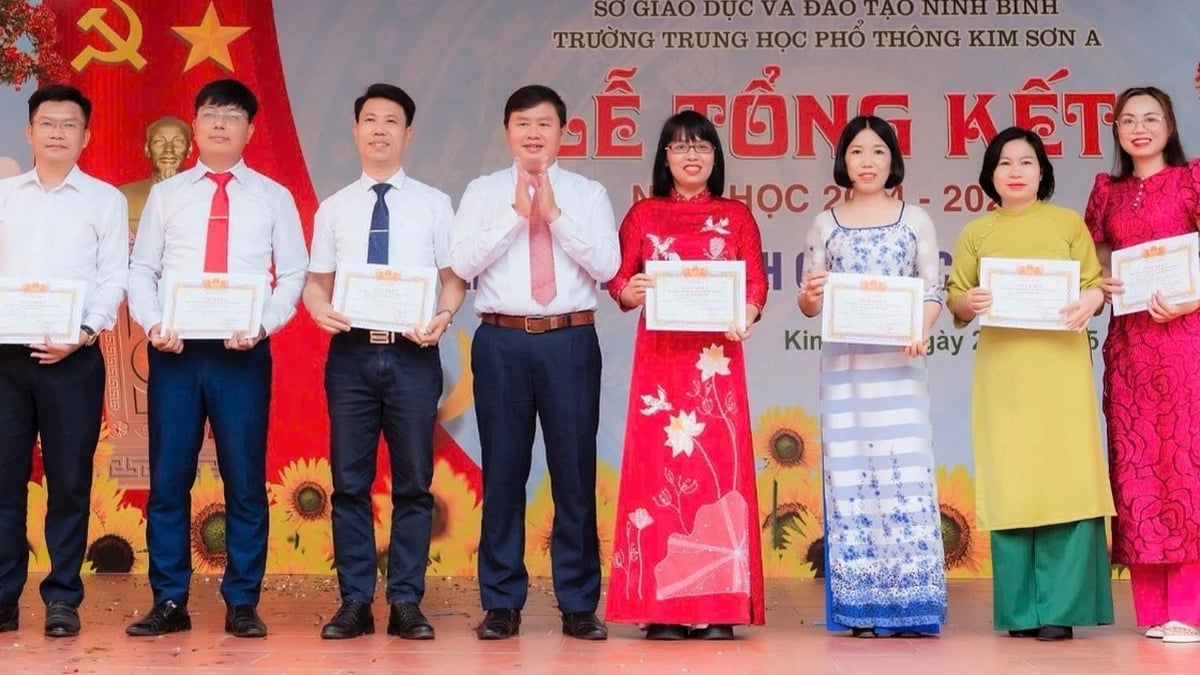






















































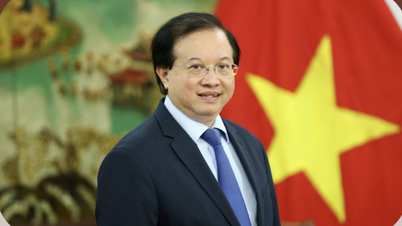

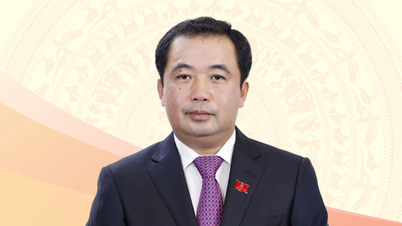





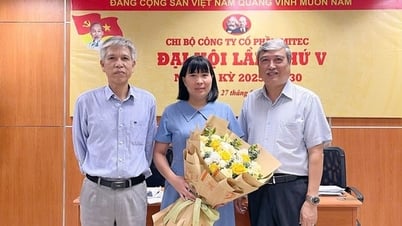


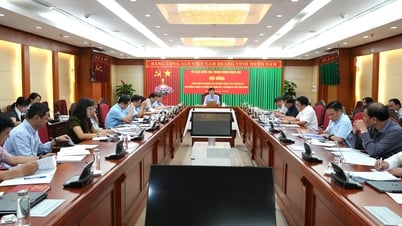
























Comment (0)